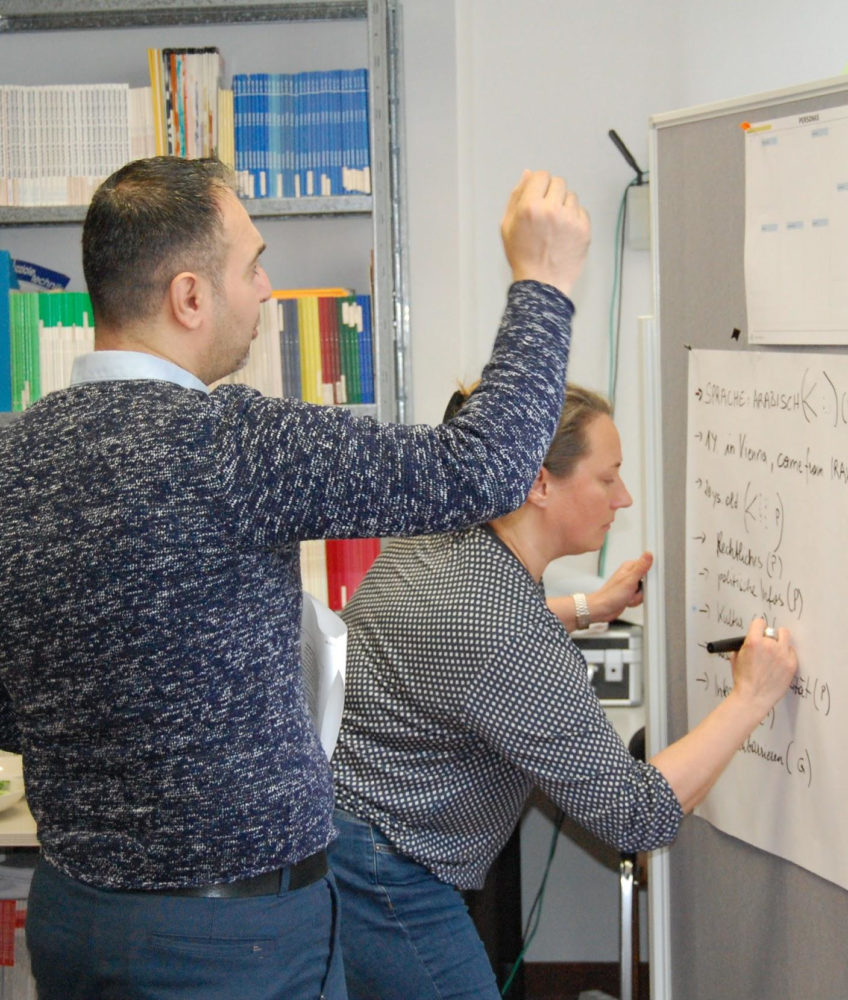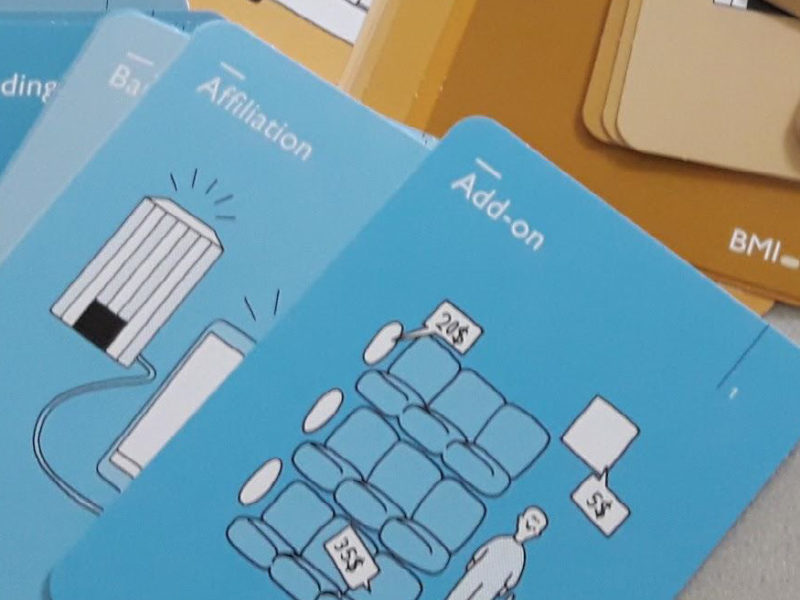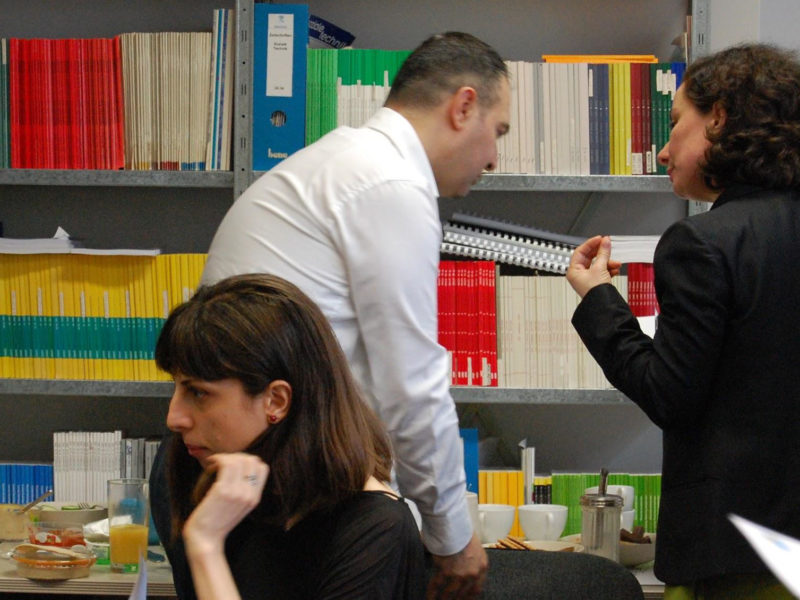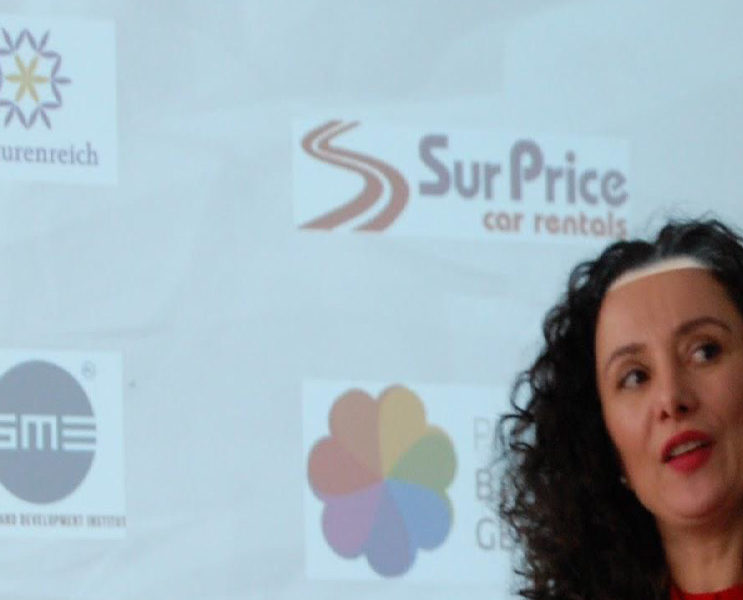User and Market Research

Available languages:
Time needed:
STS
LI1
LI2
For this session, it has proven valuable to adopt elements of a Design Thinking methodology which encourages participants to immerse themselves into the needs and interests of their customers. This session is an interactive one where participants learn about the use of design thinking methodologies and reasoning behind them as well as how to design such a methodology for themselves in order to understand their customer/user. It involves the participants developing questions after making certain “observations” or online research about their customer/user and then going out into the street in order to approach strangers with these questions in order to learn more about the interests, needs and preferences.
Requirements to make the best out of the material
A prerequisite would be for participants to be made familiar with design thinking and the ways in which it be constructive within the design and development of a new idea. Participants should therefore be aware of the added value of the design thinking methodology especially when it comes to understanding your customer or user base. To carry out user/market research, the session should take place in an area where participants can easily find other people to approach and ask questions.
How to use this tool
Before heading out on the street to approach potential customers/user the participants should be preparing a strategy of how to approach people and with what key questions to understand their needs. During the research, participants need nothing but a pen and paper to gather information. After returning from their research, which could last around 2 hours depending on the willingness of participants and strangers to engage in this activity, the participants would gather and share their findings with each other, have the space to share difficulties that arose or positive realizations that were made and potentially build a prototype of their business idea that encompasses the findings they made. Building a kind of prototype out of random materials can be a way for participants to process their findings, bring them into harmony with one another and have a concreter idea of what their customers/users need.
Expected outcome
The outcome of this session is that participants have become familiar with a way in which to approach potential users/ customers and have not only understood their needs better but have also dared to vocalize, pitch and delve deeper into their business idea with a complete stranger. This in itself can be a very daunting yet enriching experience for participants and encourage them to be more open and flexible to these kinds of techniques in the future as well as allow them to practice engaging with customers, which they will inevitably have to do once their project is running. Furthermore, participants will have a clearer understanding of the doubts or uncertainties but also the strengths and added value of their business idea – it may have been the first time they spoke to a complete stranger about their idea after having joined the program.
This tool is licensed under a Creative Commons Attribution-NonCommercial-ShareAlike 4.0 International License.






